Outsourcing has become a strategic tool for businesses looking to streamline operations and enhance efficiency. In the realm of finance, particularly accounts receivable outsourcing services, has emerged as a viable solution to optimize processes and improve cash flow. In this article, we delve into the concept of outsourced accounts receivable and its myriad benefits for businesses.
Understanding Outsourcing Accounts Receivable Services

What is Accounts Receivable Outsourcing?
Accounts receivable outsourcing involves delegating the management of customer invoices, payment collections, and other related financial processes to a third-party service provider. This practice allows businesses to focus on core operations while leveraging the expertise of specialized professionals to handle AR tasks efficiently.
Exploring the Accounts Receivable Process
The accounts receivable process encompasses various functions, including invoicing, payment tracking, credit management, and customer relationship management. Outsourcing this process involves entrusting these tasks to a dedicated team of professionals who ensure timely payments and maintain positive customer relationships.
Benefits of Outsourced Accounts Receivable
Outsourcing accounts receivable offers numerous advantages for businesses:
1. Cost Savings
Outsourcing AR can lead to significant cost savings by reducing overhead expenses associated with maintaining an in-house AR team and infrastructure.
2. Improved Cash Flow
By accelerating payment collection and reducing the incidence of late payments, outsourcing AR can help improve cash flow and ensure a steady influx of revenue.
3. Enhanced Customer Satisfaction
Timely invoicing and payment reminders facilitated by outsourcing contribute to improved customer satisfaction and loyalty.
4. Access to Advanced Technology
Outsourcing providers often utilize advanced technology and automation tools to streamline processes and enhance efficiency, enabling businesses to stay ahead in a competitive landscape.
5. Focus on Core Business Functions
By delegating AR responsibilities to a third-party provider, businesses can allocate more time and resources to core activities, driving business growth and innovation.

Choosing the Right Outsourcing Partner
Selecting the appropriate outsourcing partner is crucial for maximizing the benefits of accounts receivable outsourcing. Consider the following factors:
- Expertise: Look for a provider with expertise in financial operations and AR management.
- Technology: Assess the provider’s technological capabilities and security measures to safeguard customer data and prevent data breaches.
- Reputation: Evaluate the provider’s track record and client testimonials to gauge reliability and trustworthiness.
- Customization: Choose a partner who offers customized solutions tailored to your business requirements and objectives.
Case Studies and Success Stories
Several companies have experienced tangible benefits from outsourcing accounts receivable:
- Company A: By outsourcing its AR processes to a reputable provider, Company A reduced day sales outstanding by 30% and improved cash flow significantly.
- Company B: Leveraging the expertise of an outsourcing partner, Company B streamlined its payment collection process, resulting in a 20% reduction in overdue accounts.
Conclusion
In conclusion, outsourced accounts receivable presents a strategic opportunity for businesses to optimize financial processes, enhance cash flow, and foster customer relationships. By partnering with the right outsourcing provider and embracing advanced technology, organizations can achieve sustainable growth and maintain financial stability in today’s dynamic business landscape.

FAQs: Outsource Accounts Receivable: Optimizing Financial Processes
What is Accounts Receivable Outsourcing and how does it benefit businesses? Accounts Receivable Outsourcing involves assigning the management of customer invoices, payment collections, and related financial processes to a third-party service provider. This practice allows businesses to concentrate on core operations while leveraging the expertise of professionals to efficiently handle AR tasks, leading to cost savings and improved efficiency.
What are the key components of the Accounts Receivable Process that can be outsourced?
The Accounts Receivable Process includes tasks such as invoicing, payment tracking, credit management, and customer relationship management. Outsourcing these functions involves entrusting them to dedicated professionals who ensure timely payments and maintain positive customer relationships.
What are the primary benefits of Outsourced Accounts Receivable?
The benefits include significant cost savings through reduced overhead expenses, improved cash flow by accelerating payment collection, enhanced customer satisfaction through timely invoicing, access to advanced technology for streamlined processes, and the ability to focus on core business functions for driving growth and innovation.
How can businesses choose the right Outsourcing Partner for their Accounts Receivable needs?
Businesses should consider factors such as expertise in financial operations and AR management, technological capabilities and security measures for safeguarding customer data, reputation based on track record and client testimonials, and the ability to offer customized solutions aligned with business requirements and objectives.
Can you provide examples of successful implementations of Outsourced Accounts Receivable?
Yes, companies like Company A and Company B have experienced tangible benefits from outsourcing accounts receivable. Company A reduced day sales outstanding by 30% and significantly improved cash flow, while Company B streamlined payment collection processes, resulting in a 20% reduction in overdue accounts. These examples highlight the effectiveness of outsourcing in optimizing financial processes and driving business growth.







































